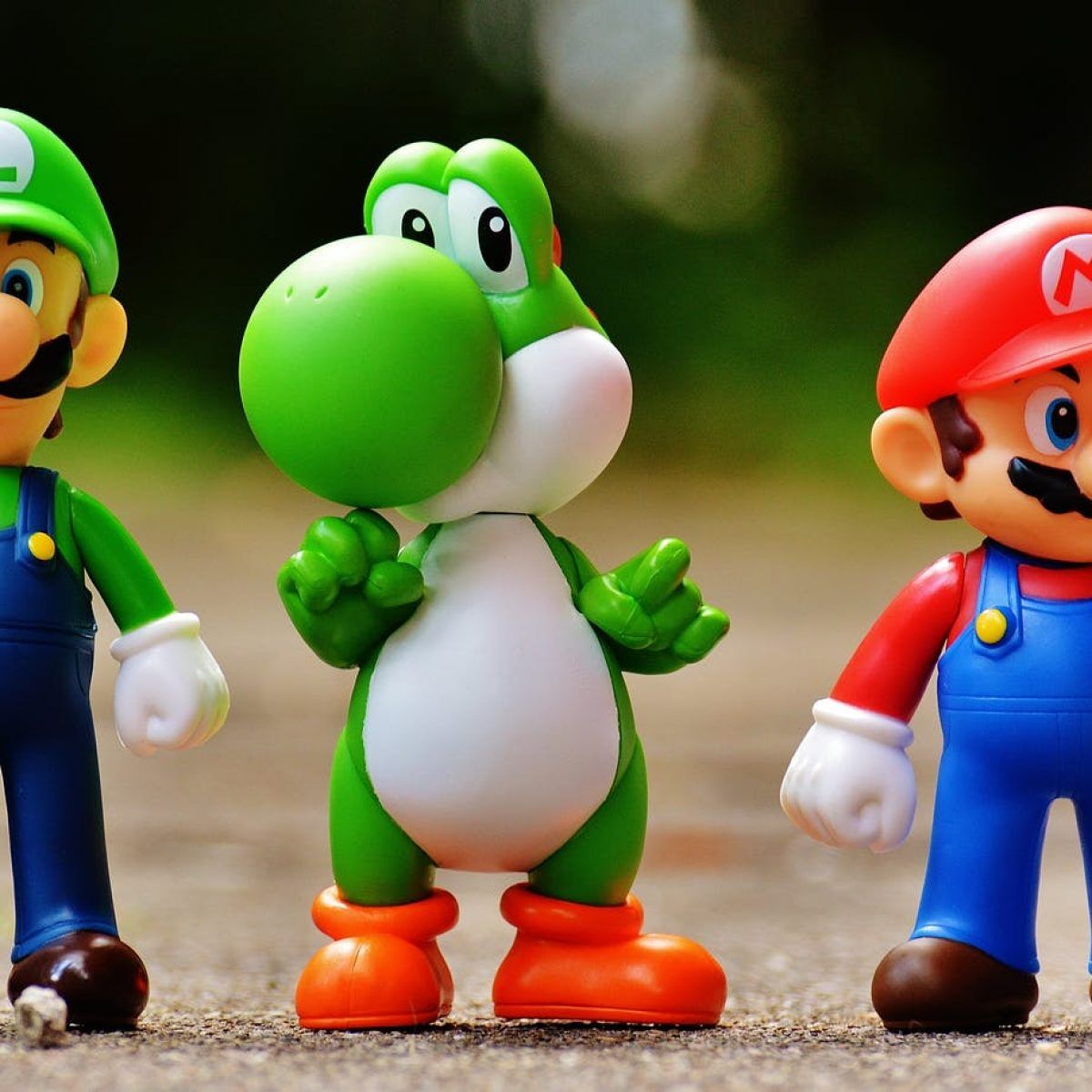Collectables, Personal Enjoyment or Profit
Collecting is very personal. It depends on the interest / passion of the person. The subject matter covers everything from A to Z. We have seen collections of toys, sports / movie / history memorabilia, match boxes, pottery, cars, airplanes and tanks (yes military tanks). The only limit is the financial burden on the collector and available space. Some homes have been converted to house the collection, and the living area became the secondary reason of having a home.
It does not matter what is collected and it does not matter why or how the person came into collecting. If it makes the person happy and does not harm the family or the collector, fine. Everyone is different. So you have a collection, here are the steps to manage and grow you collection for fun or profit.
Inventory: you have to know what you have. It will help you keep track of the collection’s value & what each item was purchased for if updated regularly. It might help you to prevent purchasing another X. Should the collection owner pass on, the family or estate will have an inventory and an ideal of the collections value. Many people do not bother with the inventory as it’s not as fun as collecting, and doing it takes a lot of time. Should the time arrive and an inventory has to be done, a lot of important information that only the owner of the collection would know. This information would be lost, and the person doing the inventory would not have the same insight as the original owner.
The information that would be helpful in a inventory list, ideally done on a spreadsheet and printed out and also stored on a USB Key and CD marked important information is:
–Date of acquired item, – Amount Paid, – Where it was bought, (or who was the person that you brought it from) – Description, – An inserted photo, – Comments, – Current value, – Additional Notes, – Links of websites that provide additional information or valuation of completed sales and possible photos. It’s up to the collector to add as much information as he or she feels comfortable.
We had a major collector of sports memorabilia that had a very high value. We had to create a inventory of everything that he had. This included descriptions, photos, details, condition of items & notes. This process took us 3 full weeks on site followed by the research of valuation for insurance purposes. Then, there was the creation of all the research and assembly of the appraisal report / manifest. The overall project took months to complete. So it’s in the best interest of the owner to start as soon as possible and continue adding to the report time from time. And if any changes are made to the collection, the inventory should be updated to reflect the change.
All the above, sounds like a lot of work which might save you a lot of time and or money down the road. For insurance purposes it proves the details / information that they can use to move forward towards a resolution in your favor. In some cases, you might need to use your collection as collateral for a loan at a financial institution. Having a detailed inventory is the first step. It will also help if an appraiser has this information to prepare a valuation report for the financial institution. If you decide to sell your collection, having a inventory of its value will help you in negotiations with a potential buyer. Imagine if the collection has to be sold due to sickness or death of the owner, and is sold for peanuts of its true value. All because the person who sold the collection had no idea on its value and or did not have any paperwork on the collection or did not do the research required for your collection. We see this often. And sometimes we see a lot of money that is lost that should be going to the family or owner.
Some collectors are so intense in their passion for collecting that the collection takes on a life of its own. The original ideal for starting the collection is lost, and it becomes more of a goal of getting everything to complete a collection. And they forgot the steps that take time away from their collection which might help them at some time in the future. Right or wrong, they may be in their thinking, but we see the effects of some collections have on family members when there is no supporting information and if the values of the collections are very high.
Requests for Appraisals from Seeker Readers, All those who sent emails will be responded to personally. There has been a lot of inquires which has generated a backlog.
Disclaimer: Doing your own due diligence and research on your treasure, is the donor’s responsibility. Remember an offer to purchase an item from you is not a appraisal, but an offer to buy. Regardless of what the true value might be.
We do not buy or sell any item from any source. Nor do we provide brokerage services.
Next Article: Watches, Pocket Watches & Clocks





